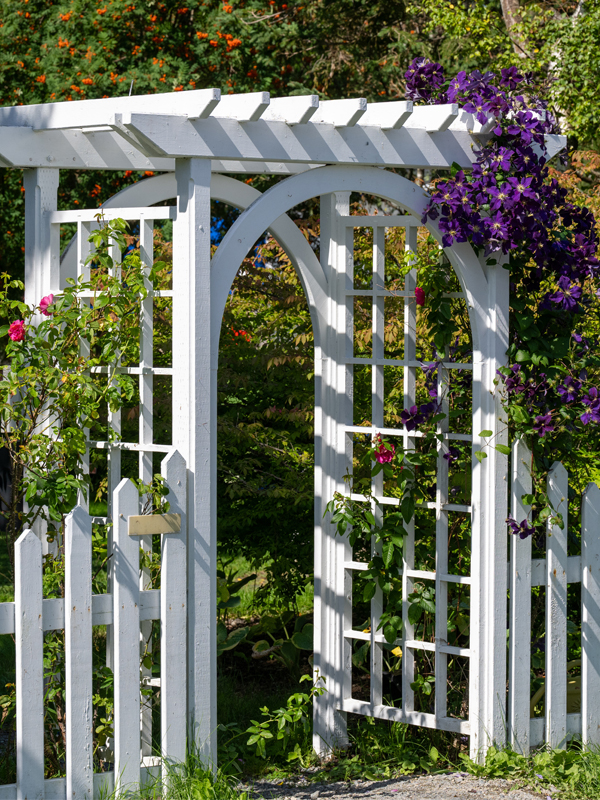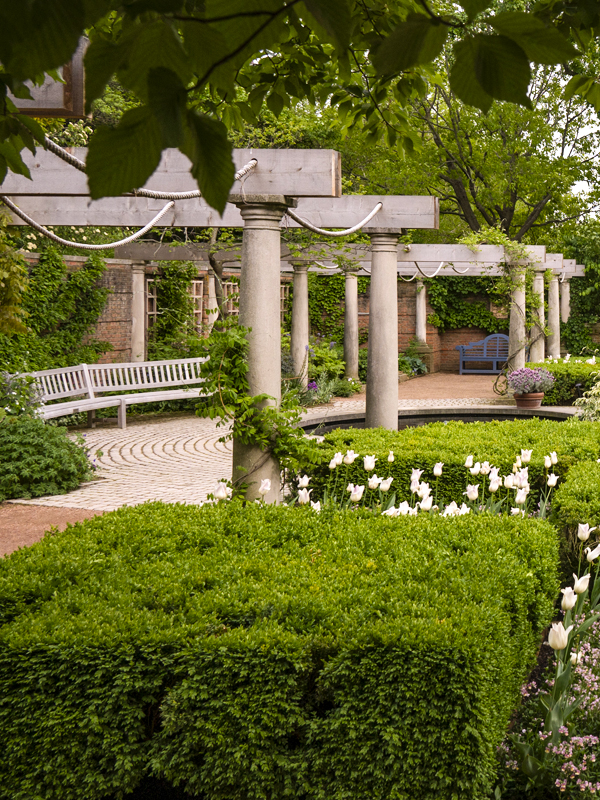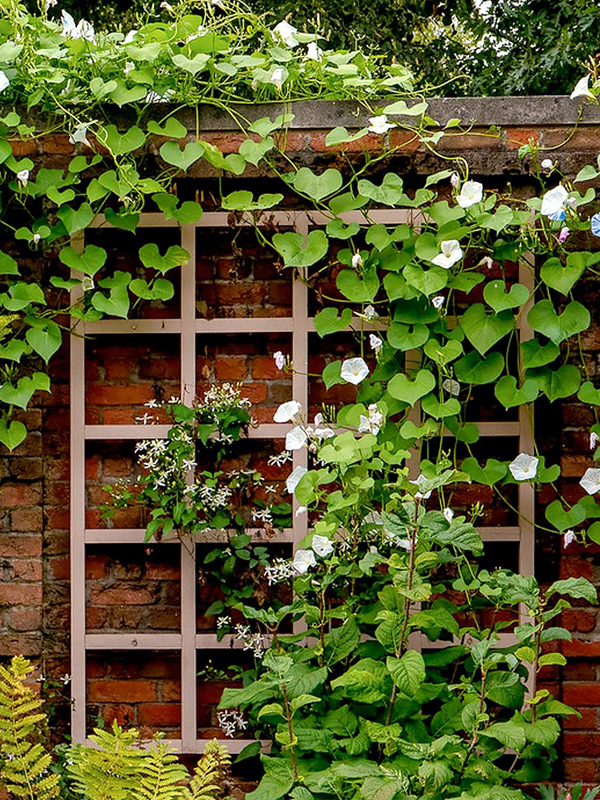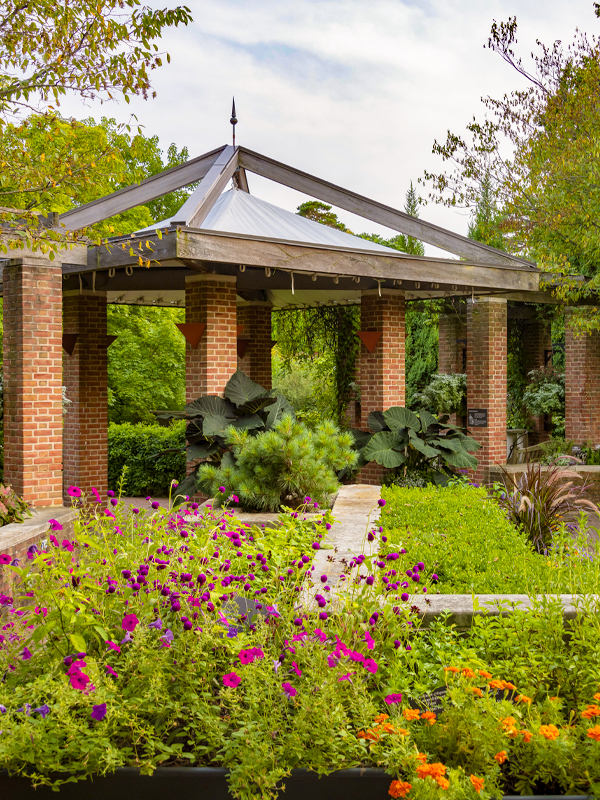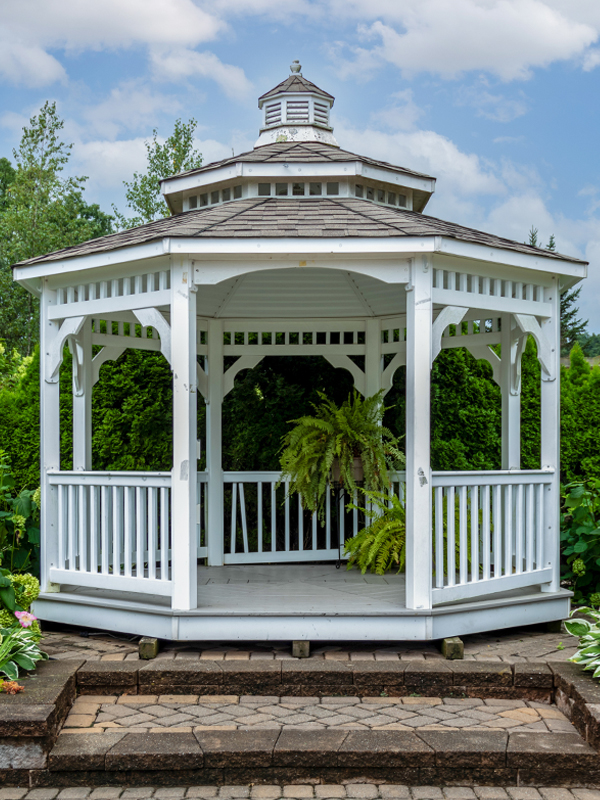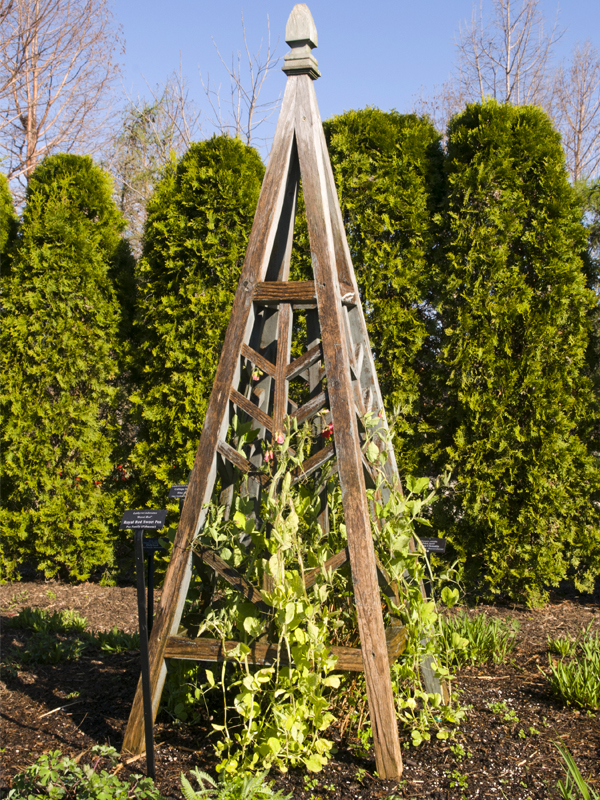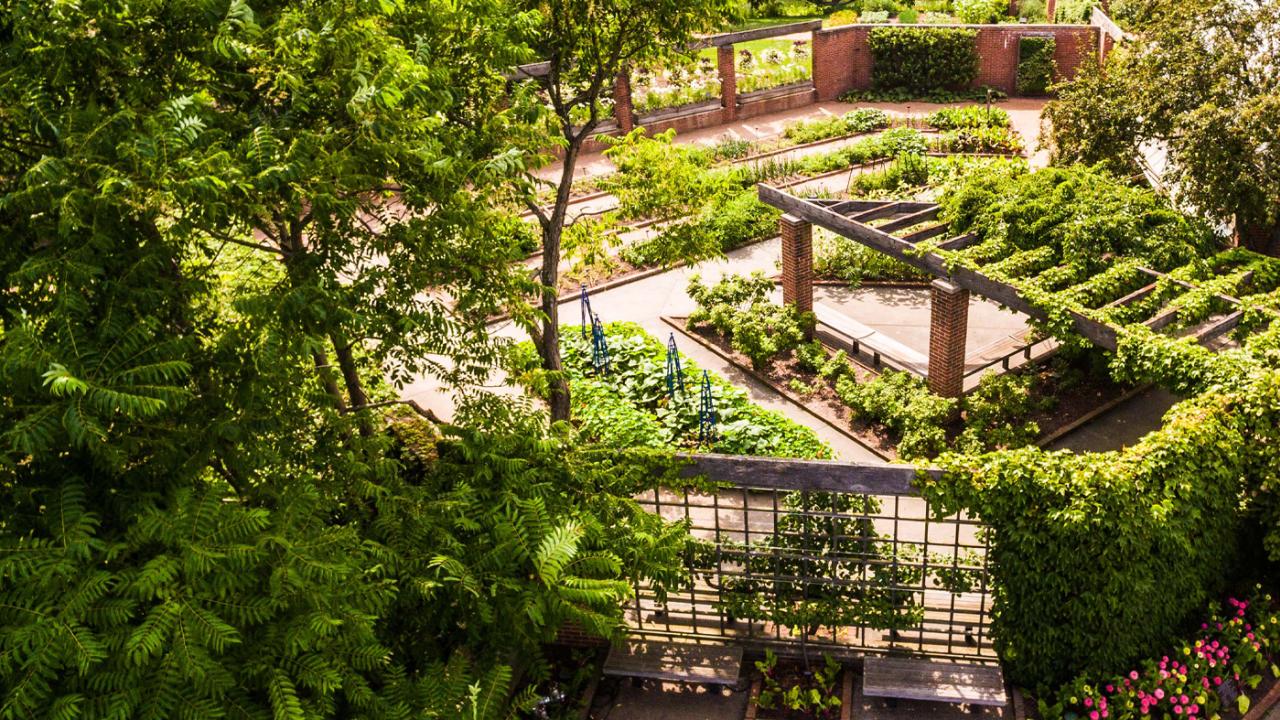

The Lexicon of Landscaping
Defining your garden with structure
How can we make our gardens more inviting in 2025? How about creating a little journey with doorways, halls and outdoor rooms? Even the smallest garden can benefit from thinking inside the box.
Think of your garden as an extension of your home. Indoors, there are entries, hallways, walls, and ceilings. Similar design elements work in the garden. Let’s explore.
Think it Through
All of these elements serve different purposes. Before you dive in and add something that’s somewhat permanent, think about how the structure will be used. Do you want protection from rain or the sun? Or would you prefer to have a big-flowered clematis scramble overhead, allowing shadows on the ground. Do you need to screen a funky view, such as garbage cans or a dog run? Free-standing trellis panels may help solve the problem.
Before you take the plunge, consider whether the structures will be metal, resin, wood, or stone, with a combination of the latter. Take a cue from your home’s architecture. If the trim is all white, an arbor, gate or fence could be white to tie the space together. If you have a metal fence and patio furniture, you may want to use metal arbors or pergolas for continuity. Here’s to the journey in your garden this year.
Nina Koziol is a garden writer and horticulturist who lives and gardens in Palos Park, Illinois.


